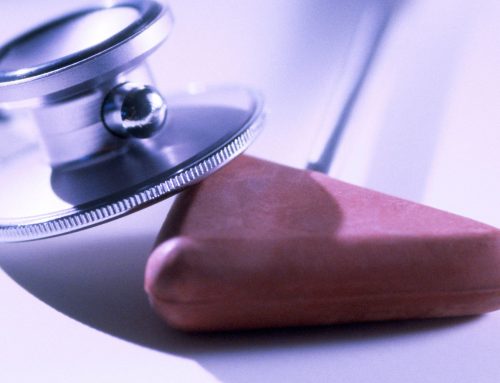Effective wound care is essential to prevent infection and promote healing. Medical consumables such as hydrocolloid and foam dressings are popular due to their success rate and ease of use. Rubber is a key component in these dressings, providing flexibility, durability, and improving patient comfort. Here’s how these dressings work, how the use of rubber in wound care enhances their performance, and their impact on patient outcomes.
Understanding Hydrocolloid Dressings
Hydrocolloid dressings are a type of advanced wound care product. They contain a flexible, rubber-based outer layer and an inner layer containing agents like carboxymethylcellulose. This combination creates a sterile, moist environment that promotes healing.
The dressings work by absorbing exudate from the wound, forming a gel that maintains moisture while protecting the wound from bacteria and contaminants. This moisture retention is crucial for faster healing and reducing pain during dressing changes. According to a study published in the Journal of Wound Care, hydrocolloid dressings can significantly reduce healing time for chronic wounds.
Rubber’s flexibility allows these dressings to conform to body contours, providing better coverage and comfort. The rubber component also enhances durability, making the dressing wear and tear-resistant. This ensures that the dressings remain effective for longer periods, reducing the frequency of changes and improving patient outcomes.
Foam Dressings and the Role of Rubber
Foam dressings are another highly absorbent wound care product designed to manage exudate and maintain a moist healing environment. They consist of a polyurethane foam layer, often integrated with a rubber-based backing.
Rubber improves the dressing’s ability to absorb and retain fluids, extending the wear time and reducing the frequency of dressing changes. Studies have shown that foam dressings can handle high exudate levels, making them ideal for wounds with moderate to heavy drainage.
Foam dressings also provide cushioning, protecting the wound from further trauma and pressure. The rubber component provides structure and enhances the dressing’s overall function. Rubber’s elasticity ensures the dressings conform comfortably to various body parts, improving patient comfort.
Supported Materials in Rubber Manufacturing
Various rubbers and elastomers are used to meet the specific needs of medical consumable production. These include natural rubber, silicone rubber, nitrile rubber, and thermoplastic elastomers, each chosen for its unique properties and the specific hydrocolloid and foam dressings requirements.
Natural rubber is valued for its high elasticity and tensile strength, making it ideal for flexible dressings. Silicone rubber is known for its biocompatibility and stability, which makes it suitable for sensitive skin applications. Nitrile rubber offers excellent resistance to oils and chemicals, enhancing the durability of medical dressings. Thermoplastic elastomers combine the properties of plastics and rubber, providing versatility and ease of processing.
Antimicrobial technology integrates antimicrobial agents into rubber in wound care, which is crucial as it helps reduce the risk of infection. According to a study published in the Journal of Hospital Infection, antimicrobial dressings can lower infection rates by up to 60%.
The Future of Rubber in Wound Care
Innovations in wound care continue to evolve, with rubber playing a pivotal role. Emerging trends include the development of smart dressings that incorporate sensors and advanced antimicrobial properties. Research shows that integrating smart technology can improve wound monitoring and management by up to 40%.
MWRCO is at the forefront of these advancements, with ongoing R&D efforts focused on enhancing the functionality of rubber in medical products. We are exploring collaborations with healthcare institutions to develop next-generation wound care solutions. Future projects may include rubber components in bioactive dressings that accelerate healing and improve patient outcomes.
A Vital Role
Rubber’s role in hydrocolloid and foam dressings enhances flexibility, durability, and patient comfort. Advanced manufacturing processes ensure high-quality medical consumables, and staying informed about these advancements can help healthcare providers improve wound care outcomes and patient satisfaction.
For more information about the use of rubber in wound care, contact MWRC for assistance. Our expertise and commitment to quality enable us to help you make the right rubber choices for your products.


